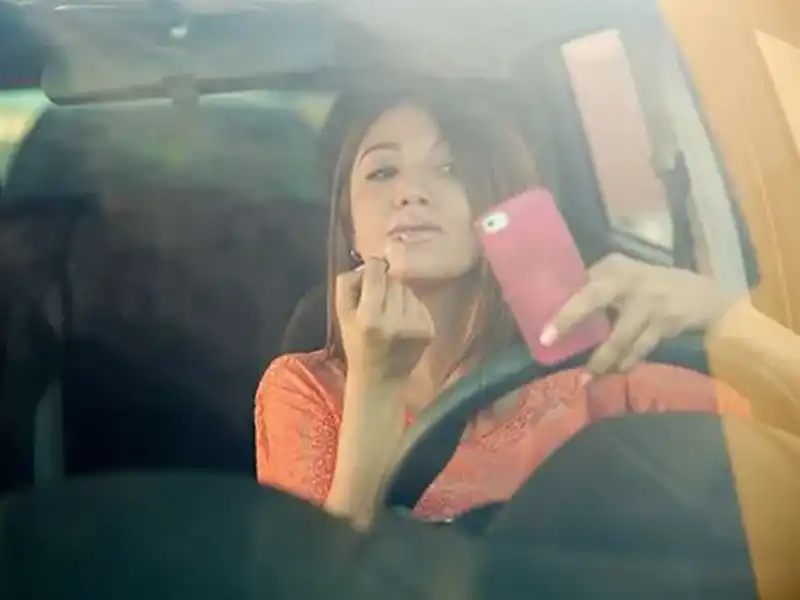States we serve: VA, MD, DC, PA, NC, SC, and WV
Teens and Distracted Driving
April 27, 2016 · 5 minute read

Have questions?
Contact us today.
Phone: (703) 471-0050
Please note: coverage cannot be bound or altered online. A service representative will need to contact you to finalize your request.
This time of year brings parties, picnics, proms, and graduation for many teens, along with a great opportunity for parents to talk with their teen drivers about some of the distractions they will encounter while driving.
Avoiding All Distractions
While cell phones are one of the biggest distractions, there are others to consider as well. Listening to music and adjusting the stereo while driving can be distracting to any driver. Teaching our teens and young adults to keep the volume at a comfortable level and to make play lists for driving can help eliminate this distraction.
Other distractions that should be avoided include:
- Eating and drinking while driving
- Grooming or putting on make-up while driving
- Reading books or newspapers while driving
- Talking with passengers
- Getting lost in thought and concentrating on something other than driving
All of these activities can lead to accidents and need to take a backseat to driving.
Distracted Driving Statistics
Here are some statistics to help give you an idea of just how serious distracted driving can be:
Cell phones are a major source of distraction for teens and young adults. Texting, talking, or even just reaching for a cell phone make the odds of getting in an accident 23 times more likely.
Every time teens take their eyes away from the road and look at their phones, at least five seconds pass before their attention is diverted back to driving.
Thirteen percent of drivers (age 18 to 20) involved in car accidents admit to texting
or talking on their cells phones at the time of the accident.
Teens and young adults who text while driving spend approximately 10 percent of their driving time driving outside their lane.
Leading by Example
As adults, we are also offenders and need to lead our teens by example, even before they are actually in the driver’s seat.
- Almost 50 percent of all teens have seen their parents talk on a cell phone while driving.
- Over 25 percent of adults have sent or received text messages while driving. Even with all the hands-free technology, you will still see adults talking on their cell phones while driving.
The best practice to teach our teens and young adults (and implement ourselves) is to turn the cell phones off when getting behind the wheel.
Regardless of the activity, keeping teens and young adult’s attention focused on driving and eliminating other distractions can have a positive impact on their safety. Take the time today to talk with your teens, and remember to lead by example.
Visit www.nsc.org to learn more about how you can “take back your drive” by avoiding distracted driving.
Tamelyn Job is an insurance agent who advises individuals on their property and life insurance with Leavitt Group. She has over 20 years of experience in the industry and serves a variety of personal, life, and farm insurance needs for her clients.



.jpg/500w/webp/60q)